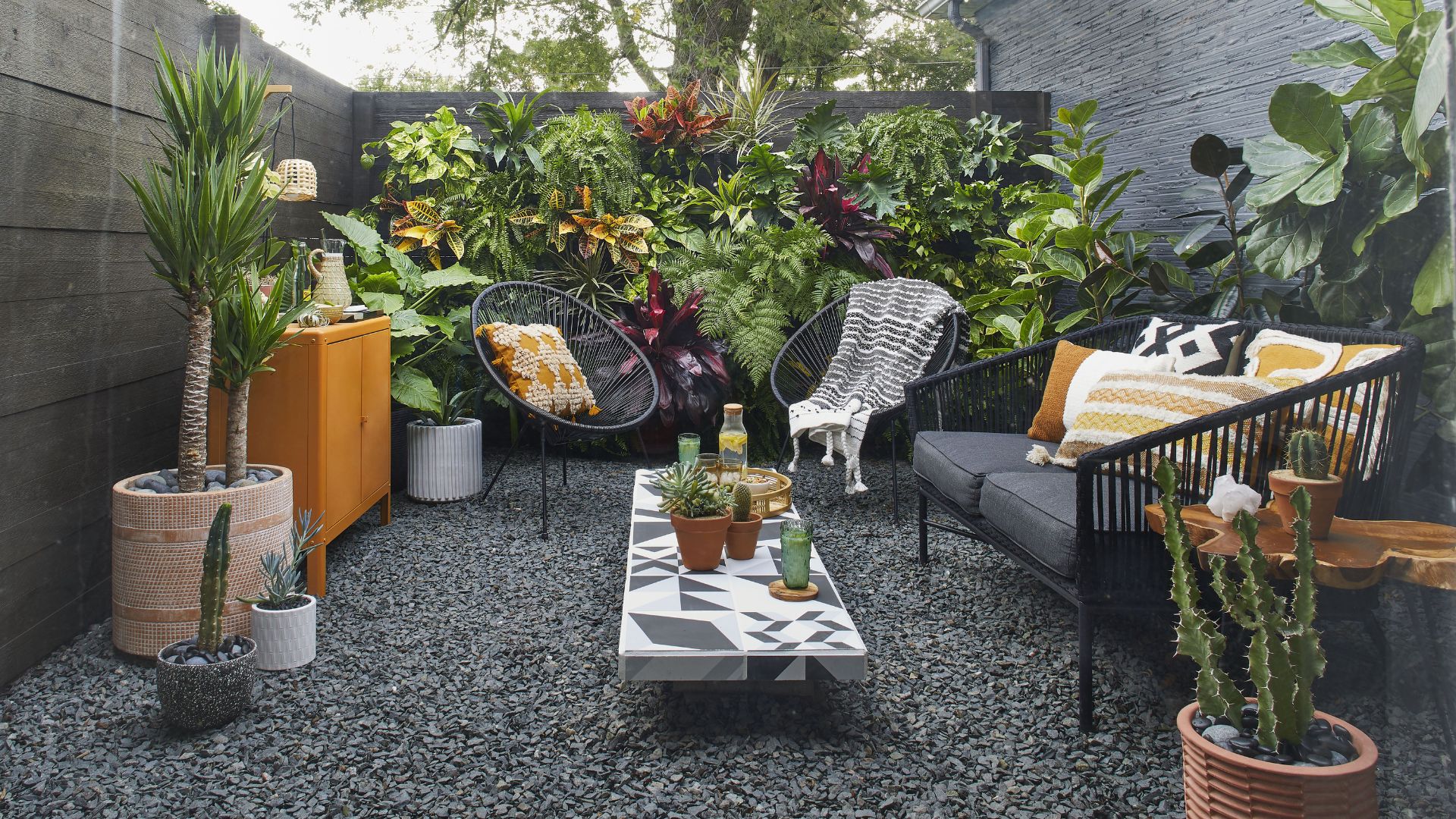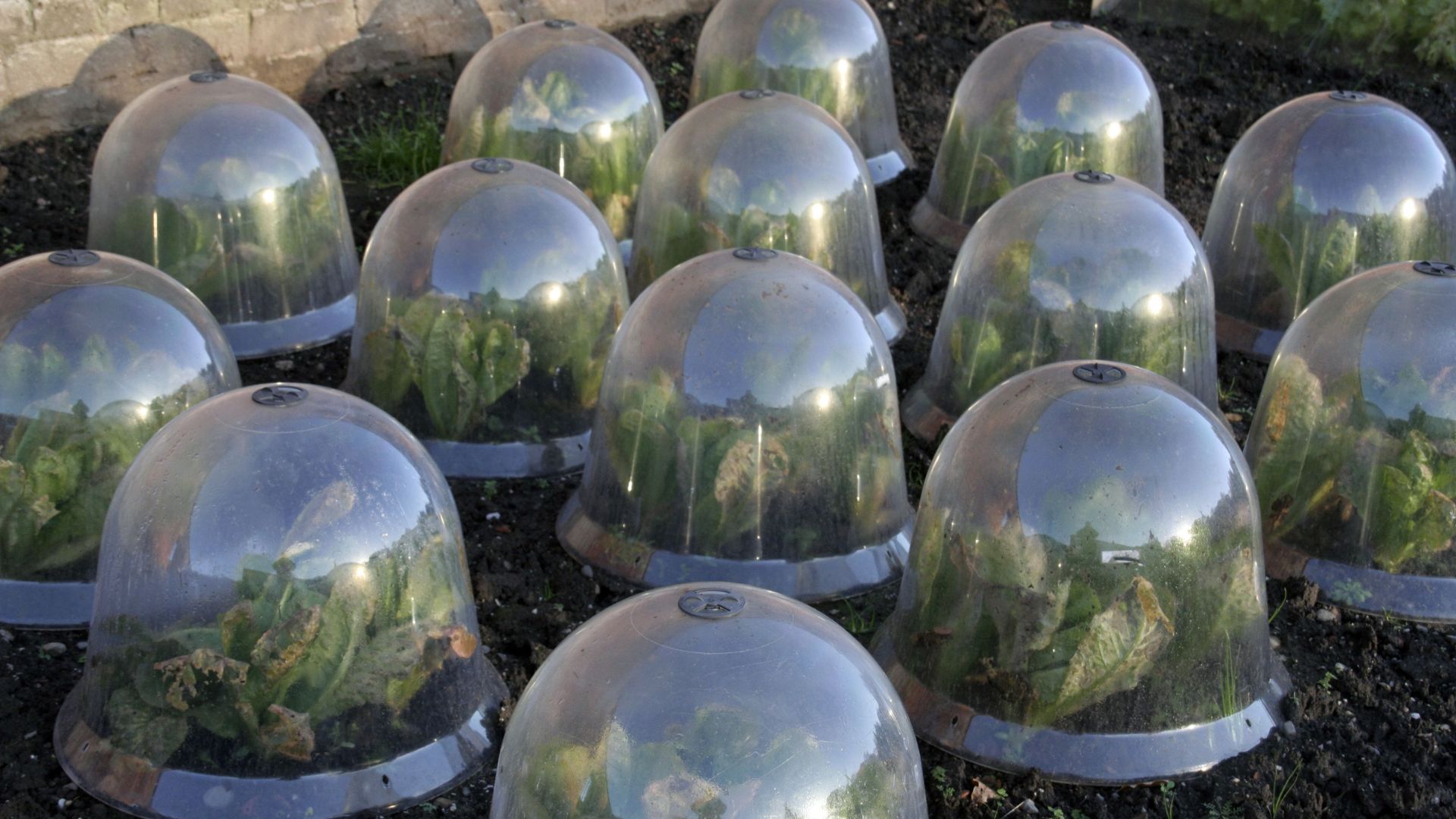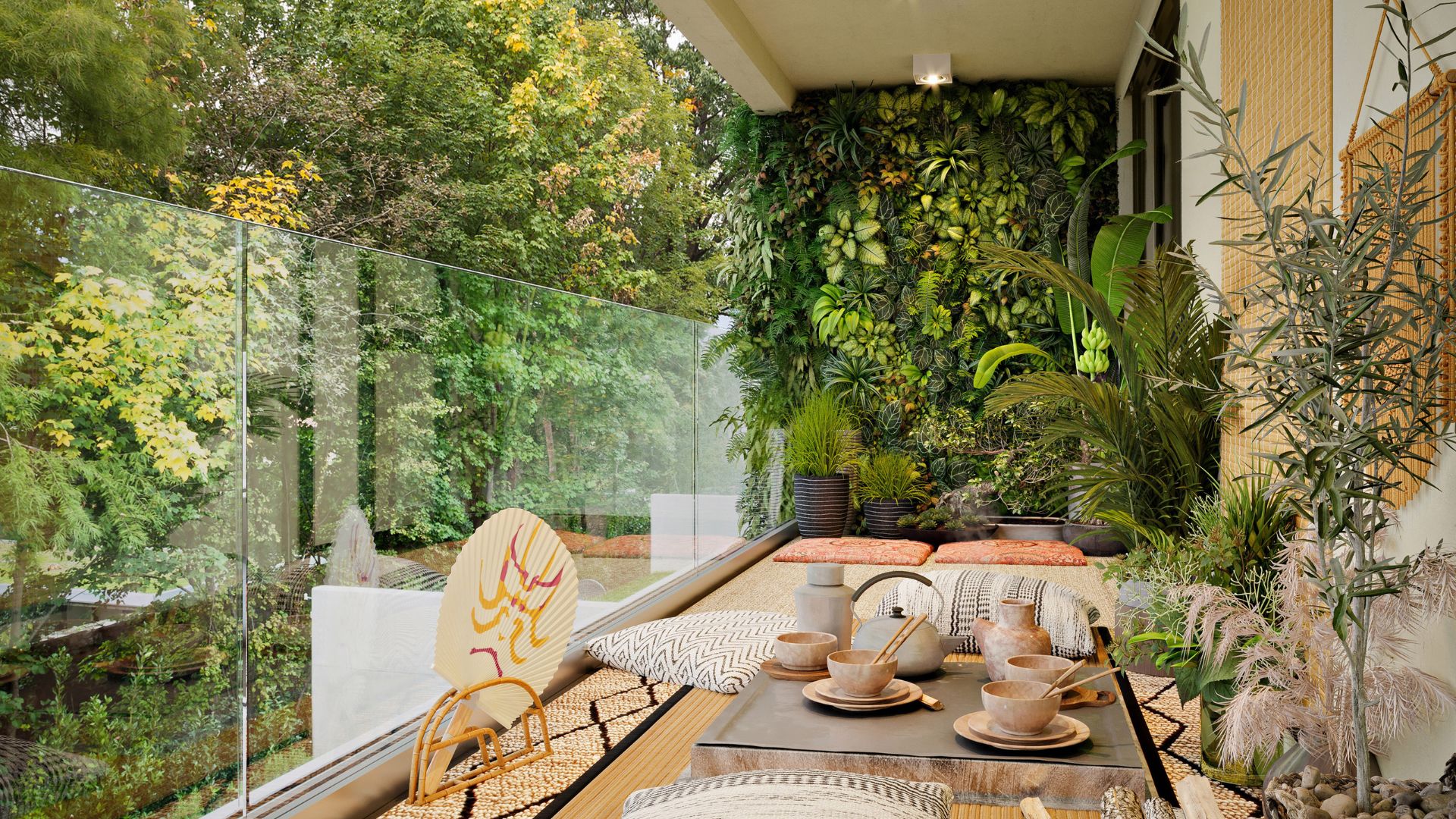Patios enhanced by outdoor plants transform ordinary outdoor areas into vibrant, relaxing, and functional spaces. By carefully selecting and arranging plants, homeowners and gardeners can create patios that are visually appealing, inviting, and environmentally friendly. Plants improve air quality, provide shade, and add color, making patios more enjoyable for socializing, dining, or relaxation.

Benefits of Outdoor Plants on Patios
Adding plants to patios offers numerous advantages. First, they improve aesthetics by adding texture, color, and visual interest. Second, plants help regulate temperature, providing natural shade and cooling. Third, greenery can create privacy screens or buffer noisy surroundings. Moreover, patios with plants support local wildlife, attracting birds, butterflies, and beneficial insects.
Economic Advantages
Patios enhanced with outdoor plants can increase property appeal and value. Lush, well-maintained spaces are more attractive to visitors or potential buyers. Additionally, plants that provide shade can reduce energy costs by naturally cooling indoor areas. Investing in patio greenery is practical, aesthetically rewarding, and cost-effective.
Environmental Advantages
Outdoor plants contribute to environmental sustainability. Trees, shrubs, and ground covers prevent soil erosion, reduce heat, and improve air quality. Using native or drought-tolerant species minimizes water usage and maintenance while supporting local ecosystems. Overall, patios with plants create eco-friendly and resilient outdoor spaces.
Choosing the Right Plants for Patios
Selecting suitable plants is crucial to creating functional and visually pleasing patios. Consider factors such as sunlight, wind exposure, container size, and growth habits.
1. Potted Trees and Shrubs
Potted trees and shrubs add structure, height, and shade. Evergreen varieties provide year-round greenery, while flowering shrubs bring seasonal color. They can be used to define spaces or create focal points.
2. Flowering Plants
Annuals and perennials add vibrant color and fragrance. Plants such as geraniums, petunias, and marigolds thrive in pots or garden beds and attract pollinators, enhancing the overall atmosphere of the patio.
3. Climbing Plants and Vines
Climbing plants like ivy, jasmine, or clematis can cover trellises, walls, or pergolas. They add vertical greenery, create privacy, and provide shade, maximizing limited patio space.
4. Herbs and Edible Plants
Herbs such as basil, rosemary, and thyme are perfect for patios. They require minimal space, offer fresh ingredients, and add greenery and fragrance. Including edible plants makes patios functional as well as decorative.
5. Succulents and Cacti
Succulents and cacti are low-maintenance, drought-tolerant options suitable for sunny patios. They thrive in containers and add interesting textures and shapes, enhancing visual appeal with minimal effort.
Design Ideas for Patios
Thoughtful design ensures patios are attractive, functional, and comfortable.
Layout and Space Optimization
Arrange plants in layers from tall to low-growing species. Use shelves, hanging pots, or railing planters to maximize space. Leave open areas for seating and movement, creating a balanced and inviting environment.
Color and Texture
Combine different leaf shapes, flower colors, and textures to make patios lively and dynamic. Mixing greenery with colorful blooms creates contrast and visual interest throughout the year.
Sustainable Practices
Use organic soil, compost, and eco-friendly fertilizers to support healthy plant growth. Efficient watering, such as drip irrigation or self-watering containers, reduces water waste. Rotate plants seasonally and prune regularly to maintain a thriving patio garden.
Lifestyle and Wellness Benefits
Patios enhanced with outdoor plants improve well-being by providing calm, natural spaces for relaxation, socializing, and leisure. Being surrounded by greenery reduces stress, encourages mindfulness, and promotes outdoor activity. Furthermore, patios with plants offer aesthetic pleasure and create welcoming environments for gatherings or quiet reflection.
Challenges and Solutions
Challenges may include limited sunlight, wind exposure, and space constraints. Solutions involve selecting shade-tolerant or wind-resistant plants, using containers for mobility, and layering vegetation vertically. With proper planning, these challenges can be overcome, allowing patios to flourish throughout the year.
Conclusion
Patios enhanced by outdoor plants transform ordinary outdoor spaces into vibrant, functional, and eco-friendly areas. Potted trees, flowering plants, climbing vines, herbs, and succulents add beauty, shade, and utility to patios. Thoughtful design, layering, and sustainable practices ensure thriving, attractive, and enjoyable spaces. Integrating outdoor plants not only elevates the visual appeal of patios but also enhances well-being, supports biodiversity, and creates functional areas for daily living and entertainment. By incorporating greenery thoughtfully, any patio can become a beautiful, relaxing retreat that benefits both people and the environment.










